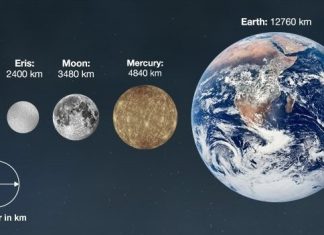
Curiosity’s drill can, at best, penetrate a few inches into the crust of Mars rock. Amend’s guess is that life has buried itself deep into the Martian crust a half-mile or more beneath the withering orange surface. Even if the ancient streams or lakes on Mars evaporated, there could very likely still be substantial reservoirs of water, in either liquid or frozen form, in the subsurface.
Amend’s lab at the University of Southern California studies microbial chemistry in ocean hydrothermal vents. Recently, NASA funded his astrobiology team to do experiments searching for life deep underground as a guide to hunting for extraterrestrial life on neighboring planets and moons.
The project also includes collaborating scientists from Caltech, JPL, Japan’s Agency for Marine-Earth Science and Technology, and several other U.S. research institutions, including Arizona State University and Rensselaer Polytechnic Institute.
It’s estimated that one-third of Earth’s carbon biomass is locked away beneath the crust. The team is going far beneath the sedimentation at the bottom of Earth’s oceans and into porous rock to look for life. Destinations are the Mid-Atlantic ocean floor — more than two and a half miles below the water’s surface. More Mars-like conditions call for borrowing a half mile into deep mine shafts in locations in the continental United States, including, ironically, Death Valley in California.
This region beneath Earth’s deserts is just about as alien as Mars — but much more reachable. It is completely unknown how much life or what kinds of new life forms are down there in a pitch-black, rocky, high-pressure, low-nutrient environment. “We are going to biotic fringe to look for new organisms,” says Amend.














